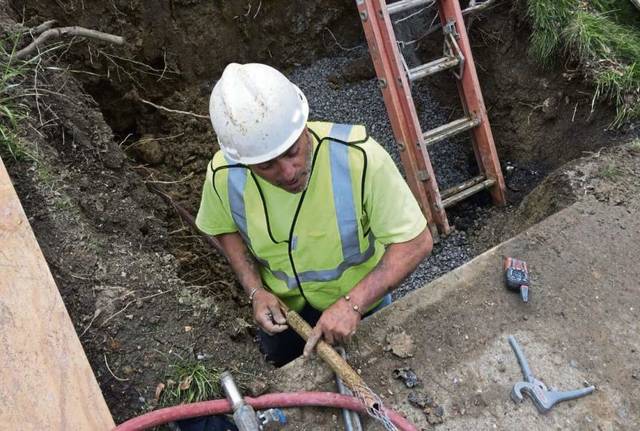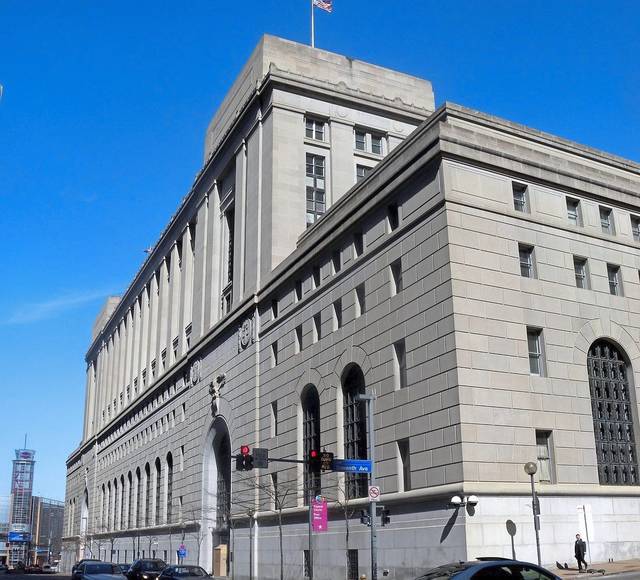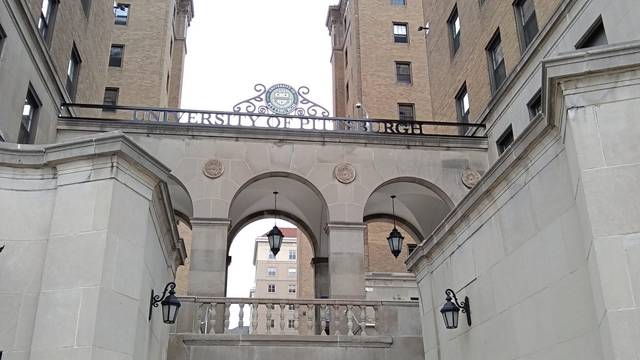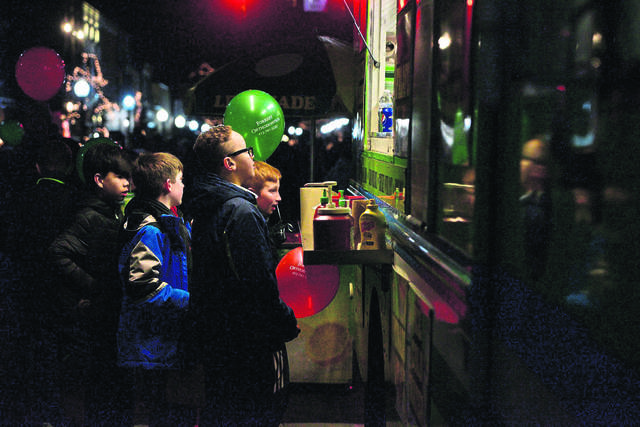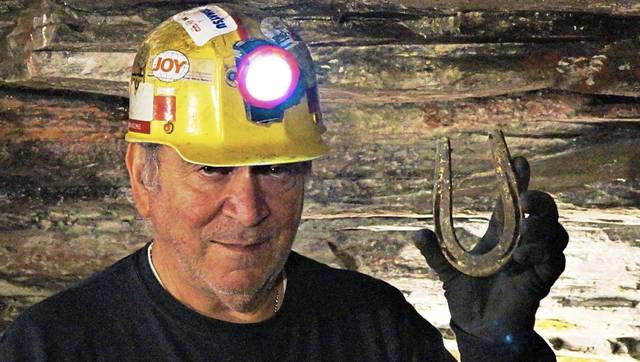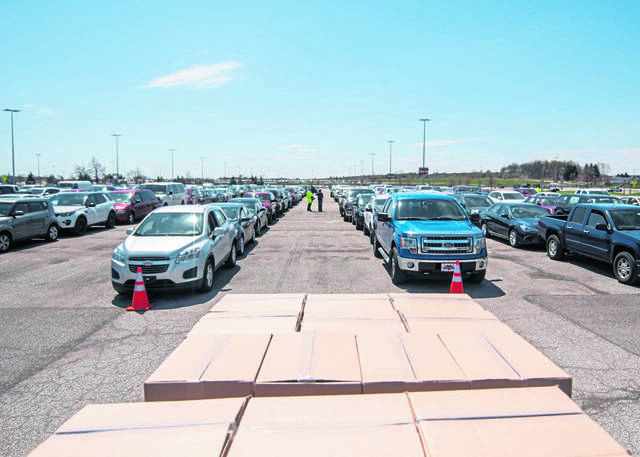Lead levels in Pittsburgh’s water system dipped below a federal threshold for a first time since the Pittsburgh Water and Sewer Authority early last year began adding a lead inhibitor, according to the latest test results released on Friday.
Samples collected between July and December from 168 customers that have lead service lines or plumbing indicated lead levels of 10 parts per billion. The Environmental Protection Agency’s threshold for lead levels in drinking water is 15 ppb.
Authority officials described the results as a milestone for PWSA and predicted lead levels would continue to drop as the chemical orthophosphate coats the inside of pipes and prevents lead from leaching into the water.
“We have for the first time in a long time come in below the acceptable level and we are OK,” said Paul Leger, who chairs the PWSA board of directors. “That’s a big deal.”
PWSA has struggled since 2016 to reduce lead levels in water that exceeded accepted levels. The authority is addressing the problem by replacing all lead water lines in its service area, which includes about 300,000 people in Pittsburgh and the surrounding area, and by adding orthophosphate to water. PWSA began adding the chemical in April.
Regulatory agencies require PWSA to test its water every six months. In order to be considered in compliance, the authority must test at or below 15 ppb twice in a row. Until that happens, PWSA must replace at least 7 percent of its total lead lines.
“The long-term goal is to get the levels even much lower,” PWSA Executive Director Robert Weimar said. “We’re hoping that we get well down to the single-digit numbers.”
Since 2016, Pittsburgh’s lead levels have fluctuated from a high of 22 ppb to 10 ppb. Levels were 17.52 ppb in June.
“As the chemical is taking effect you can see it’s migrating its performance out into the system,” Weimar said. “We’re really confident that we can sustain this for those folks who still have lead service lines.”
The authority also is replacing all authority-owned lead water lines. It has so far replaced about 5,000 of 12,300 publicly-owned lines and expects to finish the job by 2026. While working on public lines, crews also replace privately-owned lines known as laterals to homes and businesses at no cost to the owner when they find they are made of lead.
PWSA is paying for the replacement program through $49 million in low-interest loans and grants from the Pennsylvania Infrastructure Investment Authority.


